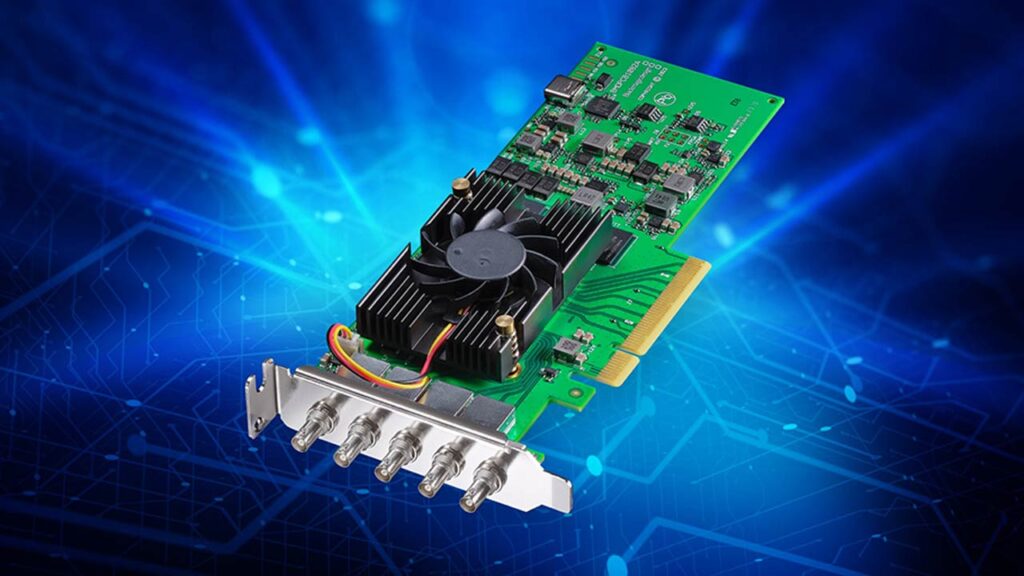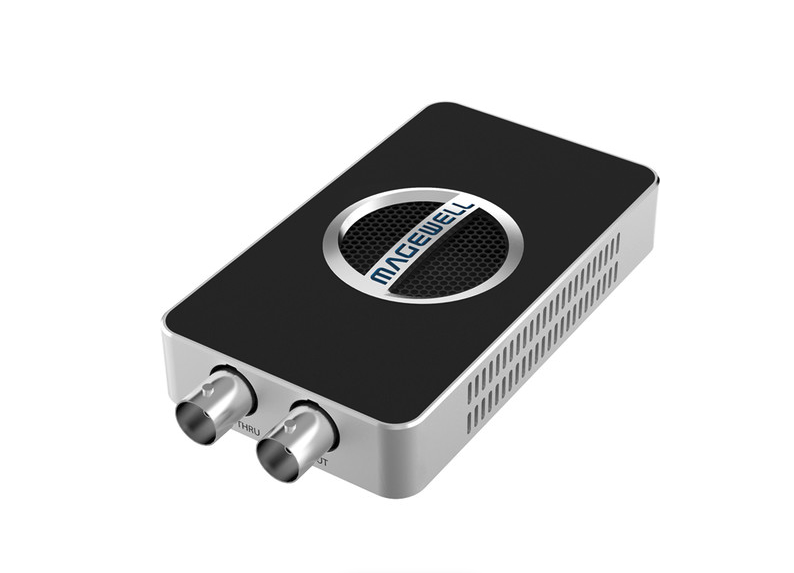
In the fast-paced world of photography and videography, achieving high-quality content is paramount. Regardless of whether you’re a seasoned professional or an aspiring enthusiast, having the right tools can make all the difference. Among these indispensable tools, the SDI (Serial Digital Interface) capture card stands out for its versatility and capability to enhance image and video capture. In this article, we will delve into the functionality of SDI capture cards and how they can revolutionize your photography and videography workflows.
Understanding SDI Capture Cards
SDI capture cards are specialized hardware components designed to facilitate the transfer of high-definition audio and video signals from SDI sources to a computer or other recording equipment. SDI, a digital interface renowned for its robustness, excels at transmitting uncompressed video and audio over extended distances without signal degradation. This quality has made it a staple in professional video production. In the world of lossless compression, RAW, and 4K to 8K video quality, the need for uncompressed and high speed transfer of data is more important now than it ever was.
Blackmagic SDI Cards
Blackmagic Design is known these days for their cameras. However, Blackmagic’s foray into our industry was not the Pocket Cinema or DaVinci Resolve. The first released product from Blackmagic was actually a capture card interface. The DeckLink has evolved and has four individual cards in its lineup now.

Key Features and Functionality

High-Quality Video and Audio Capture:
Among the primary advantages of SDI cards is their proficiency in capturing uncompressed, high-quality video and audio. This results in sharper images, vibrant colors, and pristine sound quality, rendering them ideal for professional photography and videography applications.
Low Latency:
SDI cards offer minimal latency, ensuring virtually no delay between the live feed and what is displayed on your computer screen. This is indispensable for real-time applications like live streaming, where instantaneous feedback and interaction are paramount. Broadcasting stations will use these cards and SDI connectors to high-quality video cameras. The Blackmagic Micro Studio Camera, for example, might be small, but SDI inputs are standard.

Multiple Input and Output Options:
These cards are equipped with numerous SDI input and output ports, facilitating the connection of various video sources, including cameras, camcorders, and switchers. Some advanced models even feature additional HDMI inputs for added versatility.
Resolution and Frame Rate Flexibility:
SDI capture cards support a vast range of resolutions and frame rates, encompassing standard definition (SD), high definition (HD), and ultra-high definition (UHD or 4K). This adaptability ensures compatibility with diverse camera systems and production requirements.
Compatibility:
SDI capture cards seamlessly integrate with popular video editing and streaming software, streamlining their incorporation into your existing workflow. They are also compatible with both Windows and macOS operating systems.
Reliability:
SDI technology’s reputation for robustness and resistance to interference solidifies SDI capture cards as a dependable choice, even in demanding environments such as live events and broadcasting.
SDI Capture Card Applications
Live Streaming:
SDI capture cards are pivotal for live streaming events, conferences, webinars, and gaming. Their low latency and high-quality capture capabilities guarantee a seamless streaming experience.
Video Production:
Professional videographers utilize capture cards to record high-quality footage for films, documentaries, and television broadcasts.
Photography:
In the realm of photography, SDI cards excel at capturing high-resolution images directly from cameras. This helps provide instant previews and enabling efficient post-processing.
Broadcasting:
Television studios and newsrooms rely on SDI capture cards for live broadcasts and recording interviews and segments. As mentioned before, most studio broadcast cameras use SDI for connecting to switchers and broadcasting gear.
Conclusion
In the ever-evolving arena of photography and videography, SDI capture cards have emerged as essential tools, serving both professionals and enthusiasts. Their capacity to deliver high-quality, low-latency video and audio capture makes them indispensable across various applications, from live streaming to video production and photography. With SDI cards as part of your toolkit, you can elevate the quality of your content and propel your creative endeavors to new heights.













